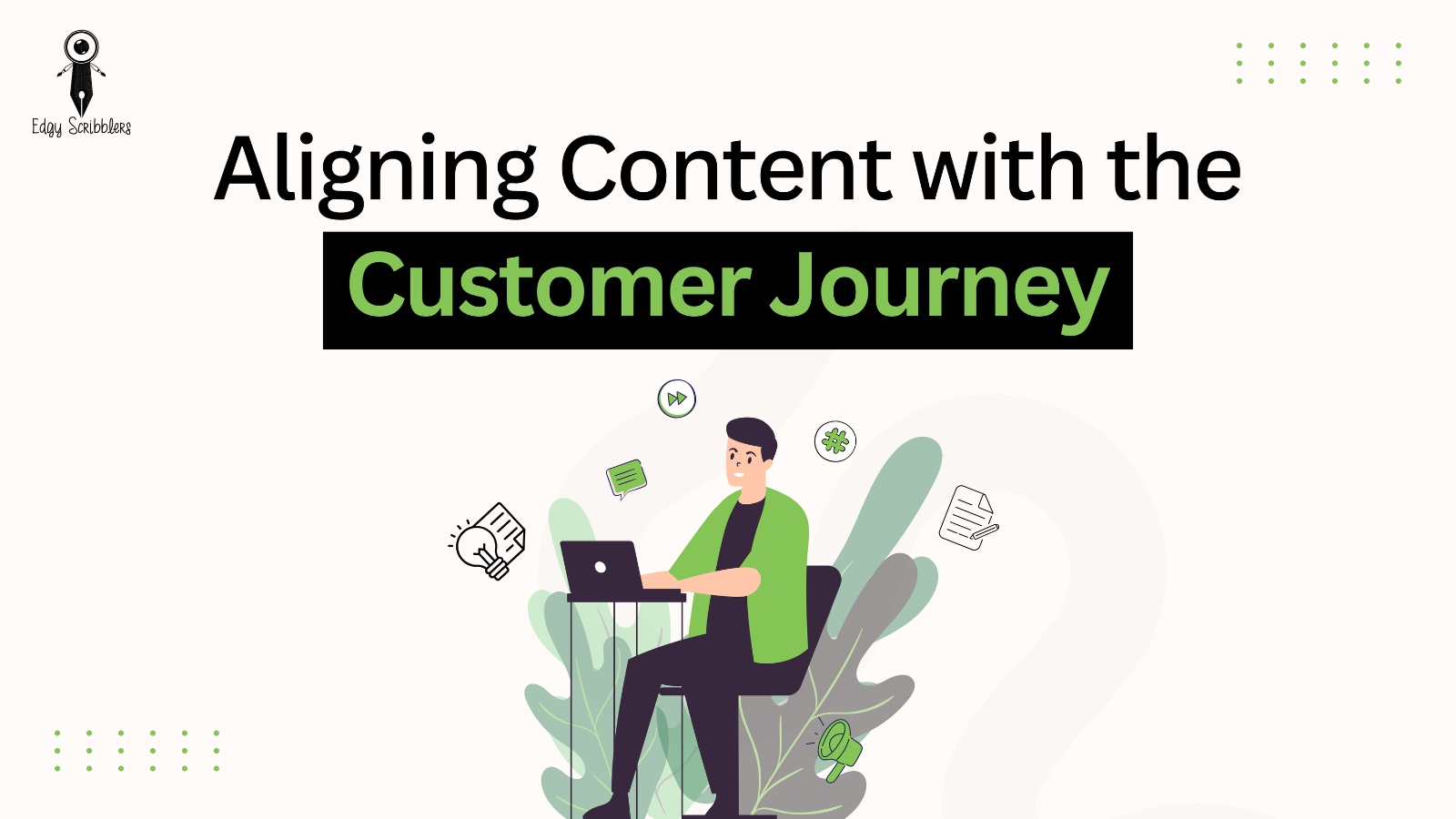
Aligning Content with the Customer Journey: A Framework for Wellness Brands
In today’s content-saturated digital landscape, simply publishing content isn’t enough. Success comes from delivering the right content at the right time in your customer’s journey. With 80% of the buying process occurring without human interaction, your content must effectively guide customers through their decision-making process.
Content that fails to align with where customers are in their decision-making process often falls flat. When wellness brands and solopreneurs blast generic content without considering the customer’s journey stage, they risk serving irrelevant information that either overwhelms early-stage prospects or underwhelms those ready to purchase. The consequences are tangible: wasted marketing budgets, poor engagement metrics, and missed conversion opportunities. Studies show that 46% of potential customers will abandon a website that doesn’t provide relevant messaging to their current needs.
Customer journey mapping for content distribution solves this problem by ensuring your content meets people exactly where they are. This strategic approach involves identifying the distinct stages customers move through—from initial problem awareness to post-purchase usage—and deliberately creating content that addresses the specific questions, concerns, and goals at each phase.
The Impact of Journey-Aligned Content

When content distribution aligns with customer journey stages, the results are remarkable:
- Higher Engagement: Tailoring content to each buyer’s stage significantly boosts engagement and conversions (Entrepreneur Magazine)
- Improved ROI: 87% of retailers report journey mapping increases sales and marketing ROI (Aberdeen Group)
- More Qualified Leads: Companies with journey-aligned content generate 50% more sales-ready leads at 33% lower cost
- Better Retention: Businesses implementing journey mapping see 50% higher customer retention rates
- Meeting Expectations: 72% of buyers research during awareness, and 70% during consideration—they expect helpful content at each step
Case Studies: Success in Action
Sephora mapped their loyalty program customer journey, delivering personalized content at each stage—resulting in a 45% increase in engagement and 25% higher average order value.
ASOS identified sizing concerns as a friction point during consideration. Adding targeted content with an AI sizing tool reduced returns by 50% and increased order value by 12%.
Qineticare, a wellness coaching service, created stage-specific content (webinars, self-assessments, onboarding series) after mapping their client journey, significantly improving lead understanding and engagement.
Traditional vs. Journey-Aligned Content
Traditional content marketing typically suffers from being:
- Product-centric rather than customer-centric
- Too sales-focused too early
- Disconnected from customer pain points
- Lacking appropriate conversion opportunities
- Ending at purchase with no retention strategy
A journey-aligned approach remedies these pitfalls by delivering customer-centric content matched to their current needs and questions.
Implementation Framework

1. Define Your Journey Stages
Start with a basic framework:
- Awareness: Customer recognizes a problem
- Consideration: Customer evaluates potential solutions
- Decision: Customer chooses a specific provider
- Retention: Ongoing relationship and advocacy
2. Research & Create Personas
Develop detailed buyer personas with:
- Demographics and psychographics
- Goals and challenges at each stage
- Questions they ask during their journey
- Preferred content formats and channels
3. Audit & Map Content
- Inventory existing content assets
- Assign each to the appropriate journey stages
- Identify gaps where content is missing
- Note under-performing content needs improvement
4. Develop Stage-Specific Content
- Awareness: Educational, problem-focused content (blogs, social posts). Example: “10 Signs of Burnout You Shouldn’t Ignore”
- Consideration: Solution-focused content (guides, webinars) Example: “Comparing Approaches: Meditation vs. Breathwork for Stress”
- Decision: Proof-driven content (case studies, testimonials) Example: “How Sarah Reduced Anxiety in 30 Days Using Our Method”
- Retention: Value-adding support (tutorials, community content) Example: “Advanced Techniques to Deepen Your Practice”
5. Implement & Optimize
- Create content for priority gaps first
- Set up tracking to measure stage transitions
- Review performance monthly, updating as needed
- Refine your journey map quarterly based on data
Applying Behavioral Design: The Hook Model
Enhance your journey-mapped content using Nir Eyal ‘s Hook Model:
- Triggers: Create prompts for engagement (compelling headlines, timely emails)
- Action: Design frictionless interactions with clear next steps
- Variable Reward: Provide unexpected value to maintain interest
- Investment: Encourage small commitments (comments, subscriptions) that increase future engagement
You should definitely read his book: Hooked: How to Build Habit-Forming Products
Best Practices
- Cross-Channel Consistency: 73% of consumers use multiple touchpoints—ensure consistent messaging across platforms
- Personalization: Even basic segmentation improves results—90% of marketers report personalization drives profitability
- Progressive CTAs: Each content piece should have an appropriate next step that aligns with the customer’s readiness
- Continuous Feedback: Monitor engagement and conversion metrics at each stage to identify and address weak points
- Content Sequencing: Design logical paths from one content piece to the next that guide prospects forward
For wellness brands and solopreneurs, customer journey mapping transforms content distribution from scattered efforts to a strategic system that nurtures relationships at every stage. By delivering content that addresses specific needs at the right time, you not only improve engagement and conversion metrics but also create a seamless experience that builds trust and loyalty.
This approach ensures every blog post, email, or social update fits into a cohesive conversion story—maximizing ROI while providing genuine value at each step of your customer’s journey. In today’s competitive wellness market, this strategic alignment could be your most powerful advantage.
📌 Want expert help mapping your content with your user journey? Connect with me to create the impactful content mapping for your users.
If any questions about content mapping remain unanswered, please share them in the comments. I’ll either revert in the comment or create a section in the article itself.
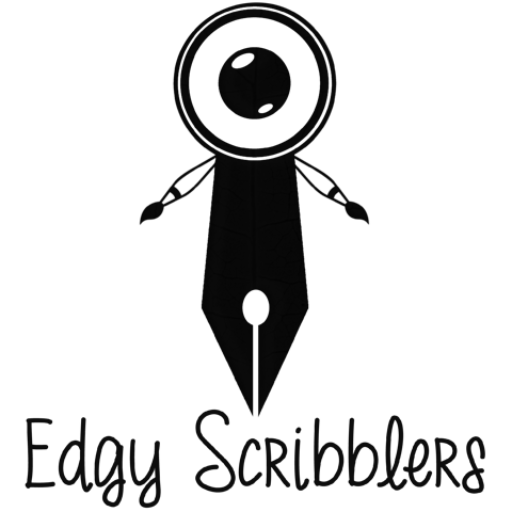
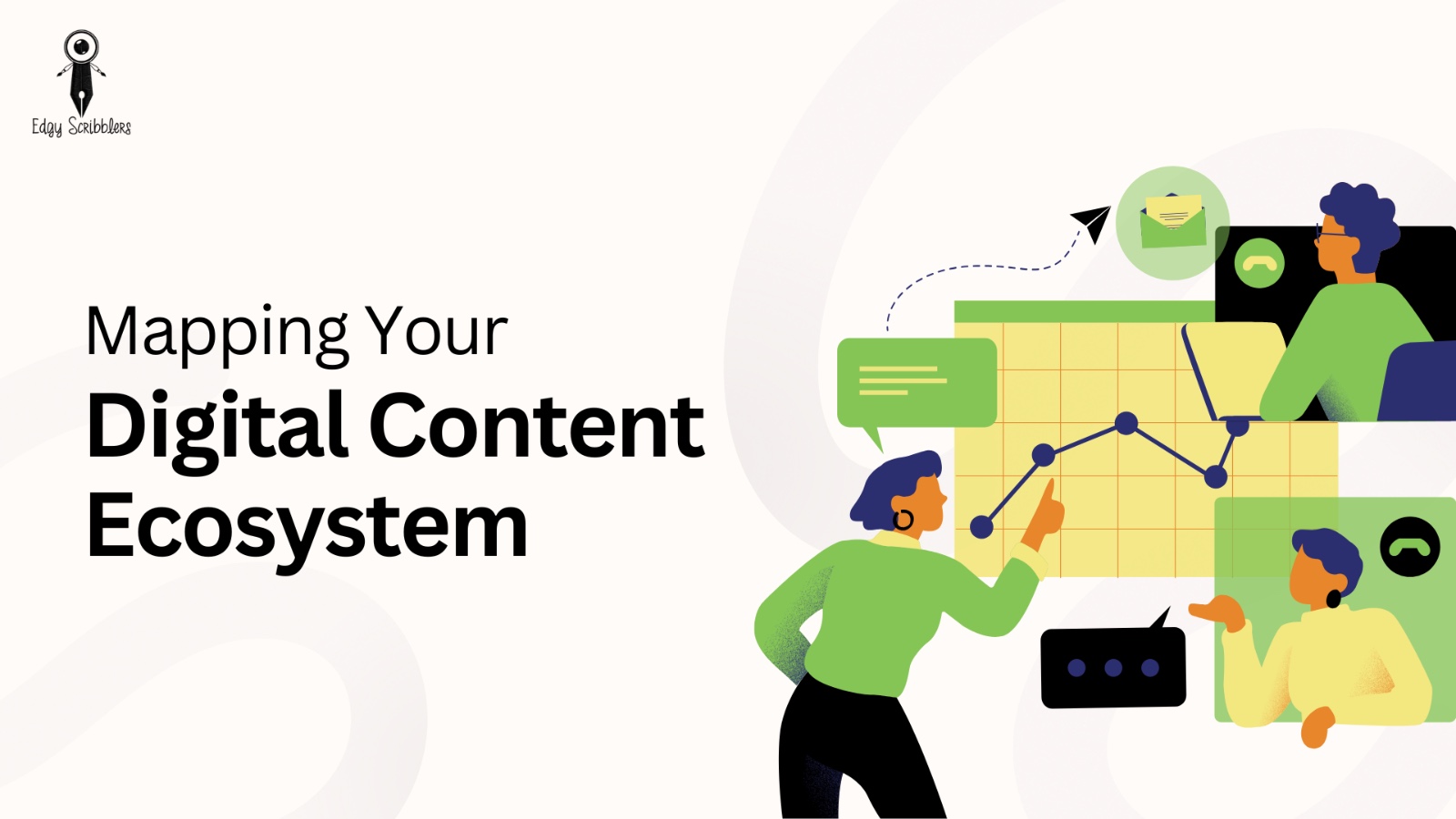
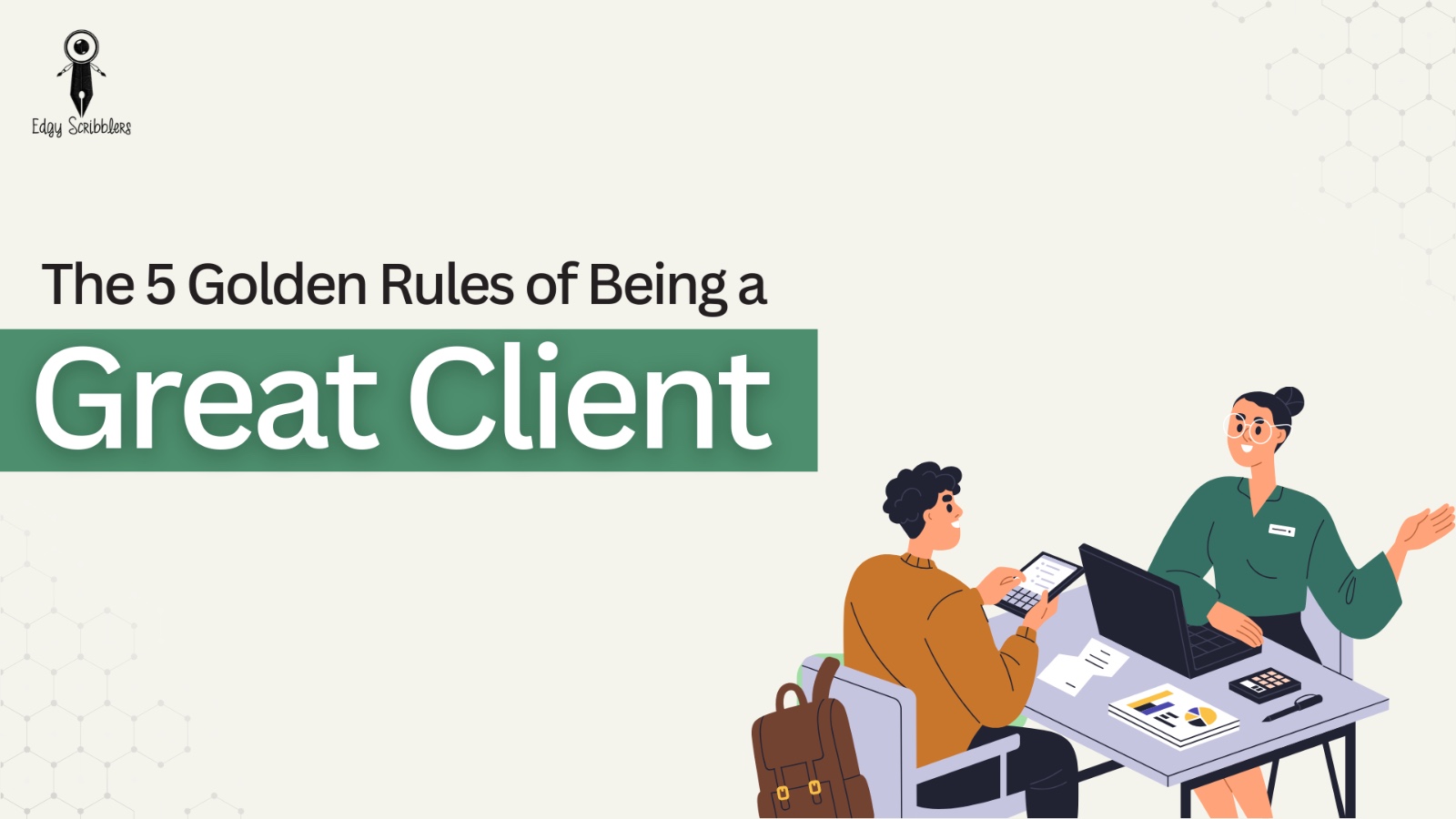
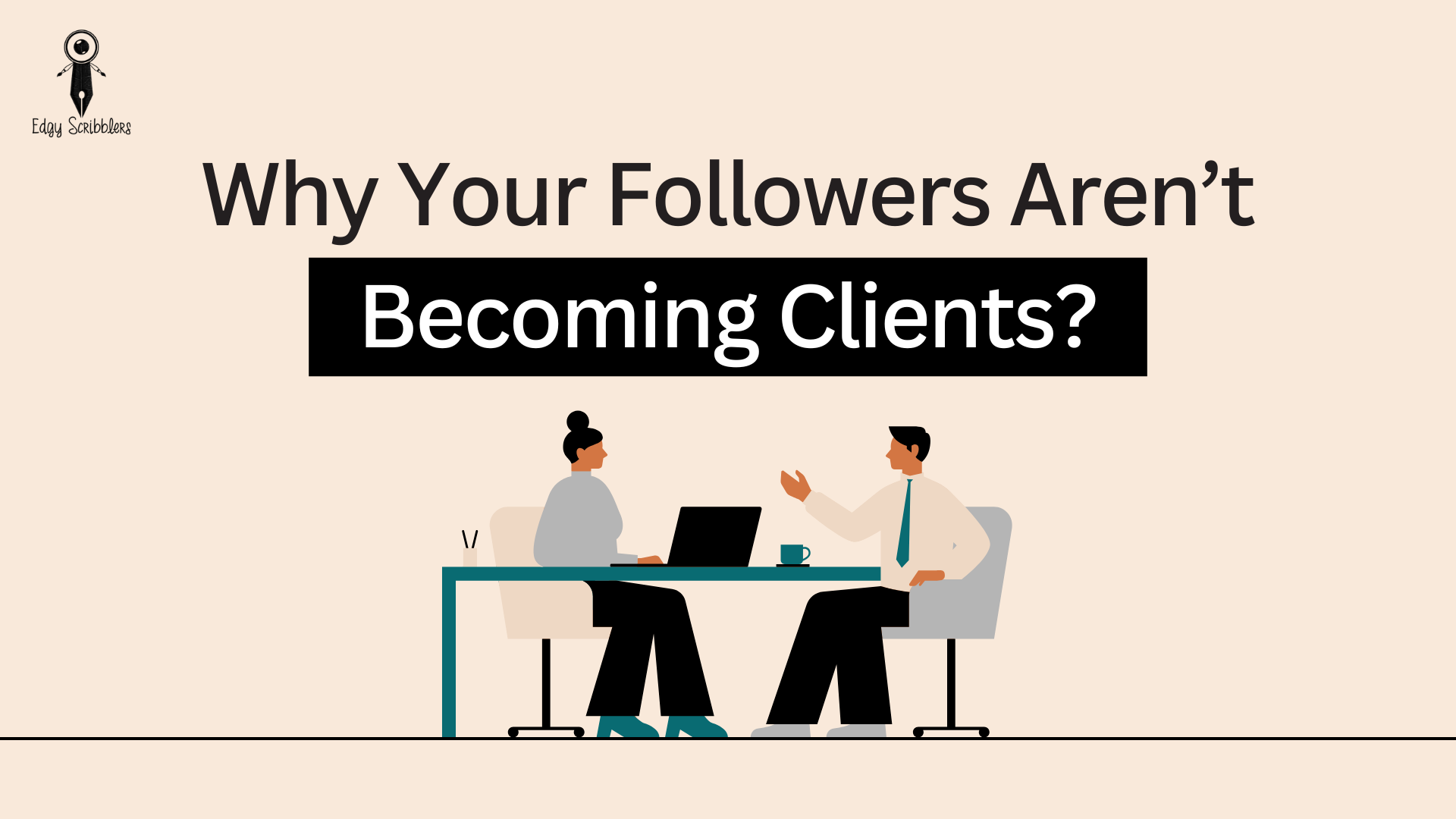

Leave a Reply